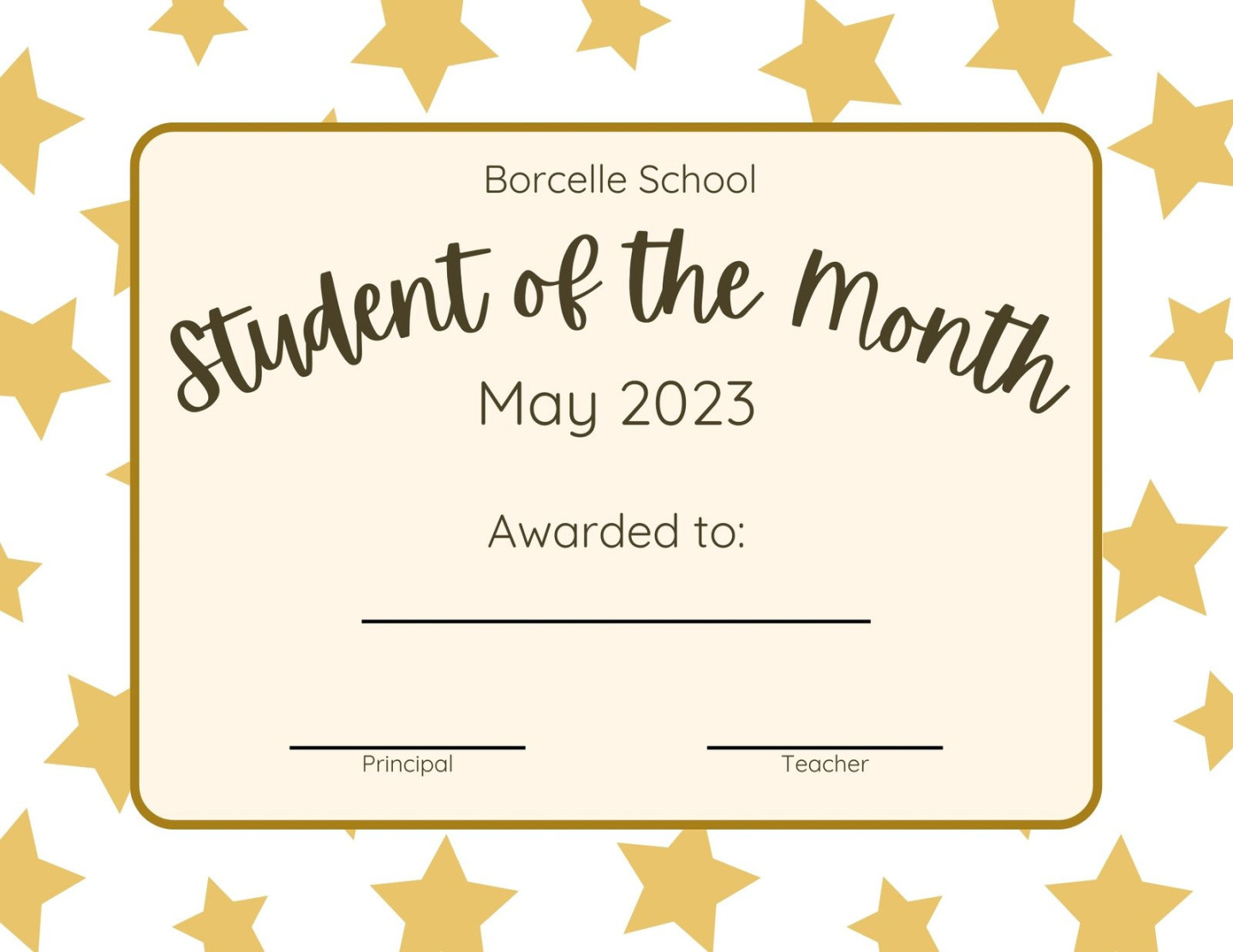Certificate templates are essential tools for schools to recognize and validate students’ achievements. A well-designed certificate not only acknowledges a student’s accomplishments but also serves as a valuable document for future endeavors. This guide will delve into the key design elements that contribute to a professional and trustworthy certificate template for schools.
Typography

Typography plays a crucial role in conveying professionalism and readability. Choose fonts that are clean, legible, and appropriate for formal documents. Serif fonts, such as Times New Roman or Garamond, are often preferred for their traditional appearance. Avoid overly decorative or difficult-to-read fonts that can detract from the certificate’s credibility.
Layout and Composition
The layout of a certificate should be well-balanced and organized. Consider using a clean and minimalist design that emphasizes the essential information. Ensure that the text is aligned consistently and that there is adequate spacing between elements to prevent clutter. The certificate’s overall composition should be visually appealing and easy to read.
Color Scheme
A carefully chosen color scheme can enhance the professionalism and aesthetic appeal of a certificate. Opt for colors that are associated with trust, authority, and academic achievement. Consider using a combination of neutral tones, such as white, black, and gray, with a few accent colors to add visual interest. Avoid using too many colors, as this can make the certificate appear cluttered and overwhelming.
Branding Elements
Incorporate your school’s branding elements into the certificate design to establish a sense of identity and affiliation. This may include your school logo, name, and motto. Place these elements prominently on the certificate, ensuring they are easy to identify and recognize.
Certificate Language
The language used on a certificate should be formal, concise, and accurate. Avoid using jargon or overly complex language that may be difficult to understand. Clearly state the achievement being recognized and the date of issuance. Consider including a brief statement of commendation to add a personal touch.
Security Features
To prevent counterfeiting and ensure the authenticity of your certificates, consider incorporating security features. These may include:
Watermarks: Subtle patterns or designs embedded in the paper that are visible when held up to a light source.
Printing and Materials
The quality of the printing and materials used for your certificates can significantly impact their perceived value. Choose a high-quality printer that can produce crisp and clear text and graphics. Consider using a durable paper stock, such as parchment or bond, that will withstand handling and aging.
Proofreading and Quality Control
Before finalizing your certificate design, carefully proofread the text for errors and inconsistencies. Ensure that all information is accurate and that the layout is visually appealing. Consider having the certificates reviewed by a colleague or supervisor to get a second opinion.
By carefully considering these design elements, you can create professional certificate templates that effectively recognize and validate your students’ achievements. A well-designed certificate not only serves as a tangible reminder of accomplishments but also enhances your school’s reputation and credibility.